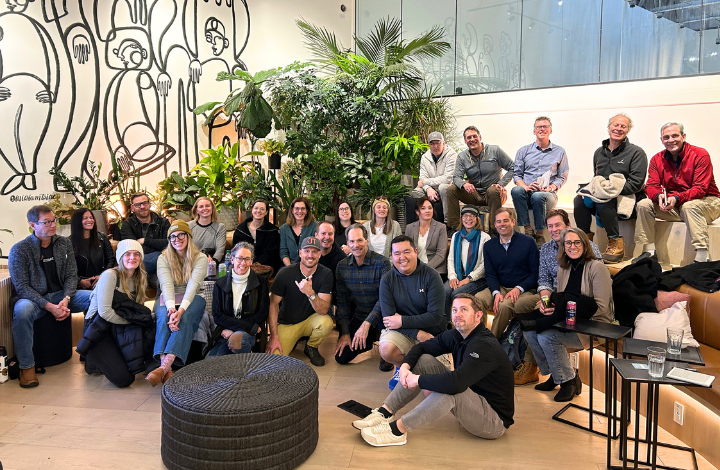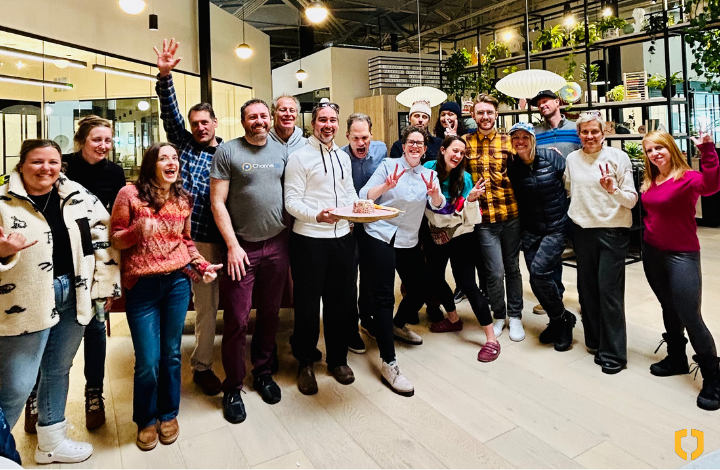Remote work is not going away, and we have the stats to prove it.
Here are 14 remote work statistics and what they mean for coworking.
1. 97.6% of remote workers would like to work remotely at least some of the time for the rest of their careers. (Buffer)
What it means for coworking: Make sure your workspace offerings support and attract this rapidly growing workforce of people who are looking to work outside of their home some—or all—of the time.
2. Working remotely saves 40 minutes daily on commutes. (Owl Labs)
What it means for coworking: People value not commuting to work. Highly! Focus on attracting people who already live near your space. Stress the value of being close to home and the benefits of not commuting, including financial, personal and work.
3. 38% of remote workers admit to regularly working from bed. (Motley Fool)
What it means for coworking: Your people are desperate for something better and they may not even know it. Have you tried to work from bed? It is truly horrible.
4. 25% of all professional jobs in North America will be remote by the end of 2022. (Ladders)
What it means for coworking: You’re about to get a flood of remote workers who need a professional place to work. How will you keep up with demand?
5. 97% of remote workers would recommend remote work to others. (Buffer)
What it means for coworking: Your happy remote workers are a valuable source of referrals. Find ways to amplify this through your content, advertising, tours and direct referral programs. For example, give each of your remote working members a free day pass to give to someone who would be a good fit for your space and community.
6. 56% of people said they had been working remote less than a year. (Git Lab)
What it means for coworking: You have a whole new group of people to market to and educate about the benefits and value of coworking.
7. 37% of respondents have optimized their lives to spend more time with their family
or community. 30% are prioritizing the outdoors or exercise and health. And 26% are streamlining their schedules to reclaim more time in their days. (Git Lab)
What it means for coworking: People are over the grind. We’re seeking a higher quality of life, more time with friends and loved ones, and days that we have control over. Coworking supports all of these very, very nicely. Make sure your people know this.
8. When asked what advice they would offer to anyone selecting a remote work location, a stunning 77% of responses centered around four key areas: setting boundaries (25%), staying focused and productive (20%), protecting your mental and physical health (23%), and putting personal priorities first (9%). (Git Lab)
What it means for coworking: These are your selling points: better boundaries between work and home; a space where people can be focused and productive; a space that supports mental wellness and connection; the flexibility to work in ways that support their personal priorities.
9. 27% of remote workers selected not being able to unplug as their biggest struggle with remote work. (Buffer)
What it means for coworking: Create messaging around how coworking helps people create better boundaries between work life and home life.
10. 32% selected the ability to have a flexible schedule as their top benefit of working remotely, followed by 25 percent who selected the flexibility to work from any location. (Buffer)
What it means for coworking: Flexibility is likely your biggest selling point for remote workers. Focus on flexibility in your messaging, photos, copy, social media, blog content, email outreach and tours.
11. 57% miss the social interactions that come with an in-person workplace. (Git Lab)
What it means for coworking: People want and need workplace connection. Coworking fills this gap in people’s day, giving people the social connections and collaborative opportunities they’re looking for.
12. 56% of CEOs emphasize the need to “aggressively pursue” operational agility and flexibility over the next two to three years. (IBM)
What it means for coworking: Big business is coming your way. Get ready.
13. 59% of remote workers said their company operates in two to five time zones, 19% work in teams that span six to ten time zones, and only 2% said that their company worked in a single time zone. (Buffer)
What it means for coworking: Your remote workers may be working and on calls outside the usual 9-5 hours. Make it easy for them to access the space when they need it, pop into a phone booth for team calls and book meeting rooms outside of office hours.
14. 83% of employers now say the shift to remote work has been successful for their company. (PwC)
What it means for coworking: The massive market of remote workers is not going away. Find ways to get them into your space.
Gain community building skills in 5 minutes a week
with weekly letters from Cat





